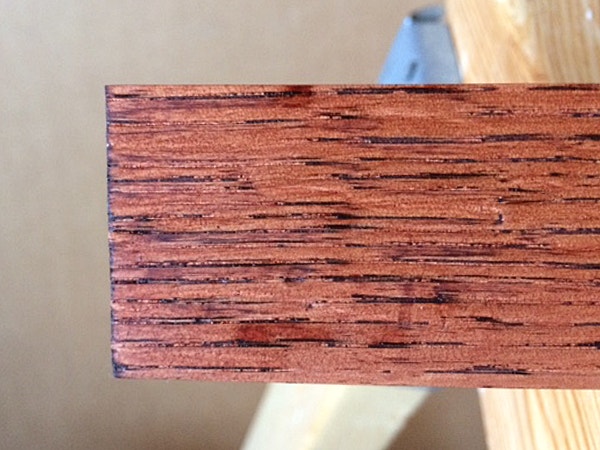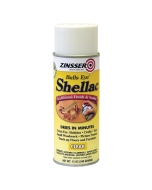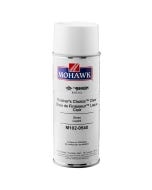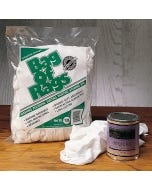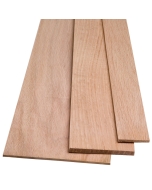Way to Stop Stain from Bleeding on Red Oak?
While finishing red oak, I found some pores or veins seemed to absorb more stain and would bleed back out after applying the stain and leaving it to dry overnight. This bleed-back left significant irregular spotting over the boards’ surfaces. Efforts to wipe the spots out after drying made dark streaks where spots had been. Is there any way to eliminate these spots from causing this spotting? - Joe Nakanishi
Tim Inman: This finishing problem has been one that is timeless for finishers. The open pored characteristic of red oak and other woods like it allow way too much solvent to be drawn into the grain. Then, as the solvent dries, the resins and colorants in the stain are wicked back up to the semi-dry surface, where they collect and magnify their colors. It works a lot like putting a paper towel into some water with food coloring in it. The next day (or the next week) the color will be seen to magnify up around the dry area hanging outside the water cup, condensing and concentrating themselves. This is usually a middle school science experiment teaching the action of capillary wicking, but it works with woods, too. Usually one can correct most of this with solvent-based wood stains by re-dissolving the stain with appropriate thinner and dry-ragging the colors out to even them. It can best be prevented in the first place by not applying such a soaking coat. Second, pre-seal the wood somewhat with a very dilute sanding sealer or shellac coat prior to staining.
Keep the inspiration coming!
Subscribe to our newsletter for more woodworking tips and tricks
